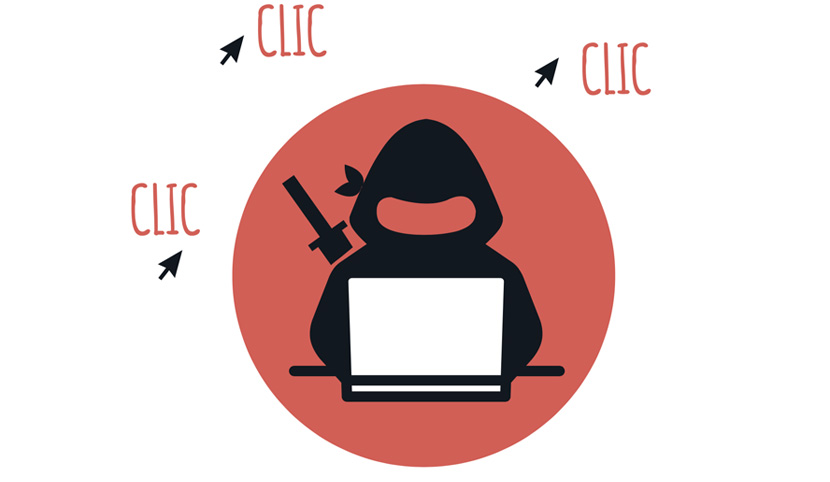Digital advertising is a constantly evolving market, with new solutions constantly appearing and expanding the landscape. On the other hand, these new developments come with their share of negative effects, one of which is fraud. Particularly prevalent in the display market, fraud can take many different forms, and can usurp an audience, a space, targeting, results, and so on. So, as an advertiser, how do you know if you’ve fallen victim to fraud, and how can you protect yourself?
Detecting and countering digital fraud
Fraudsters use a variety of methods, making detection – albeit possible – increasingly complicated. On the menu: falsification of space, targeting, traffic and results. All this is generated by robots that dupe adservers, or by humans who dupe their buyers. Ultimately, the consequences are the same: a portion of the advertising budget is misused, and profitability suffers.
In many cases, fraud will only be detected once the results have been analyzed, and as detection systems become more sophisticated, so do hackers’ algorithms. So it’s best to use all available countermeasures.
Legal parry
Legally first, through a carefully drafted contract, mentioning objectives, desired deliverables, fraud detection tools used and KPIs included in reporting. Transparency is essential, and the advertiser must be able to know the sources of inventory and the breakdown of associated expenditure.
Methodological parry
With the right tools and methods, monitoring and detection will be easier. It is therefore in the advertiser’s best interest to choose KPIs designed according to campaign objectives. Click-through rate, bounce rate, new customers, number of pages viewed, time spent on site… correlated with the campaign, inventory sources or media used.
Technological parry
Technological analyses, sometimes facilitated by tools, are also necessary. These concern navigation anomalies (cursor speed, recurring patterns, etc.) or the browser used (in some cases, bots use fake browsers), and are carried out in real time by tools integrated directly into adservers. Engineers identify malware or bot “signatures”, making them identifiable, and solutions for this purpose are available on the market.
Organizational parade
Just like a bank’s trading room, it’s a good idea to separate the person in charge of the campaign (the person who orders the media buys) from the person who monitors the results (to maintain the “guardrail” aspect). This is an organization that needs to be set up from the outset, with clearly defined roles, and above all the assurance that an in-house employee trained in the subject will have expertise in the choice and control of partners. Cost becomes an arbitration factor among others, and not the only one.
Finally, it can be a good idea to go to the source, to forums or communities of fraudsters, to learn about the latest “practices” and detect them more easily.
To find out more, download the CPA (Collectif de la Performance & de l’Acquisition) white paper on display fraud: Fraud, the dark side of digital marketing
Mis à jour le 23 January 2025
Mis à jour le 23 January 2025




